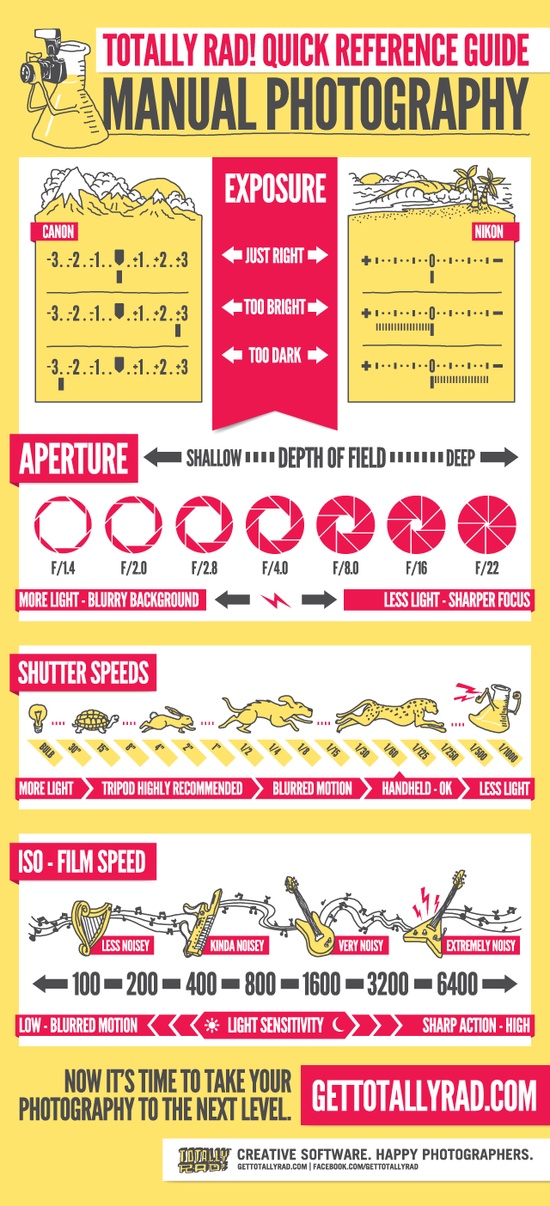Digital Photography Tips For Beginners: Grasping Your Camera In A Snap
Digital Photography Tips For Beginners: Grasping Your Camera In A Snap
Blog Article
Write-Up By- Outdoor portrait near me
When you first pick up your video camera, it can really feel overwhelming with all the setups and choices available. You might find yourself wondering exactly how to browse aperture, shutter speed, and ISO efficiently. Grasping these fundamentals is vital, however there's more to photography than just technical knowledge. Recognizing composition strategies and lights problems can boost your images dramatically. So, suppose you could discover easy approaches to boost your skills and begin recording remarkable images faster than you believe? Let's discover exactly how to transform your photography trip.
Understanding Cam Setups
Comprehending your cam setups is important for capturing magnificent images. When you get your cam, acquaint yourself with the 3 main settings: aperture, shutter speed, and ISO. Each plays a crucial role in how your pictures turn out.
Begin with aperture, which manages the quantity of light going into the lens. A larger aperture (reduced f-number) allows more light and creates a gorgeous background blur, ideal for pictures. Conversely, a narrower aperture (greater f-number) maintains more of the scene in focus, suitable for landscapes.
Next, focus on shutter speed. This setting determines how long your cam's sensing unit is exposed to light. A quick shutter rate freezes activity, which is fantastic for activity shots, while a slow-moving shutter rate can create stunning results like smooth water in landscapes.
Lastly, adjust your ISO. This setting influences your camera's sensitivity to light. A higher ISO works in low-light situations yet can introduce sound or grain. just click the next site for the most affordable ISO possible while still accomplishing correct exposure.
Make-up Strategies
When you're out capturing, composition can make all the distinction in how your pictures reverberate with visitors. Begin by using the regulation of thirds; visualize your framework separated right into 9 equivalent areas with two horizontal and two upright lines. Setting key elements along these lines or at their crossways to develop equilibrium and rate of interest.
Next off, take into consideration leading lines. read this -natural lines in your scene, like roads or rivers, draw the visitor's eye into the picture, assisting them through the tale you're informing.
https://squareblogs.net/brooks81yuri/exactly-how-to-construct-a-digital-photography-portfolio-that-stands-apart ignore framing; use aspects within your scene, like trees or home windows, to produce a structure around your subject, adding depth and focus.
Also, watch on your history. A messy background can distract from your main subject, while a straightforward one aids it stand out.
Finally, try out symmetry and patterns; they can produce a striking picture that catches interest.
Learning Lighting Conditions
Grasping lights problems is important for recording magnificent photos, as the ideal light can transform an average scene into something amazing.
Begin by observing natural light at various times of the day. Early mornings and late afternoons use the best light, known as the golden hour. The soft, cozy tones during these times can boost your images magnificently.
Don't avoid cloudy days either; diffused light can minimize harsh darkness and produce a pleasing effect, especially for portraits.
Experiment with backlighting by placing your subject versus the light. This method can develop a fanciful halo result and add deepness to your images.
Pay attention to your electronic camera settings as well. Readjust the ISO, aperture, and shutter rate to suit the illumination problems. A greater ISO can assist in reduced light, but beware of grain.
Utilize a tripod in darker settings to avoid blur.
Finally, do not neglect synthetic illumination. Flash and continuous lights can be great tools for managing light in tough conditions.
Final thought
To conclude, understanding your camera doesn't have to be overwhelming. By understanding your settings, using structure strategies, and using the power of natural light, you'll quickly boost your digital photography abilities. Keep in mind, exercise makes perfect, so get out there and trying out your newfound understanding. With time and dedication, you'll be catching magnificent photos that mirror your special point of view. Take pleasure in the journey, and don't forget to enjoy while you go to it!
